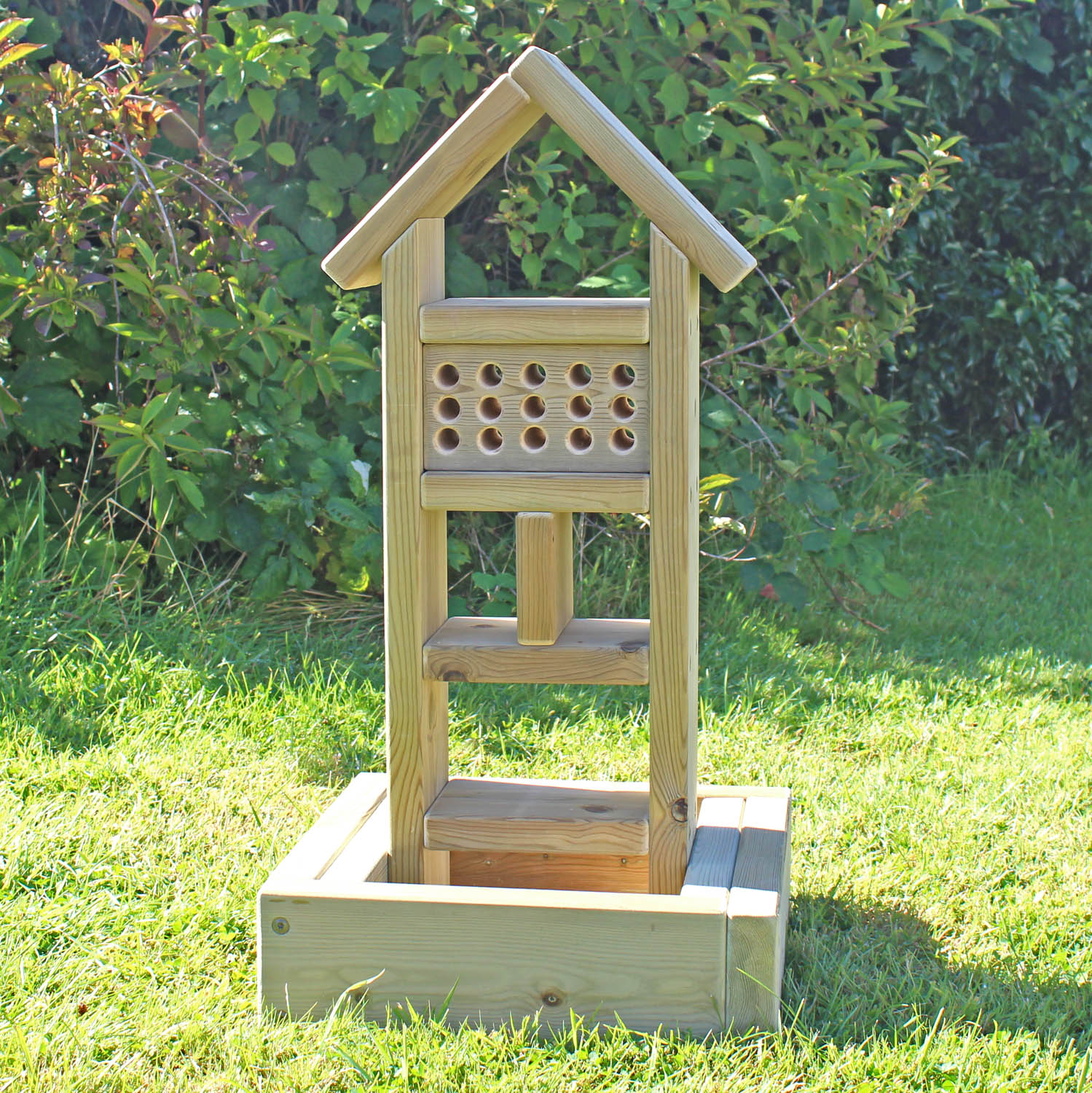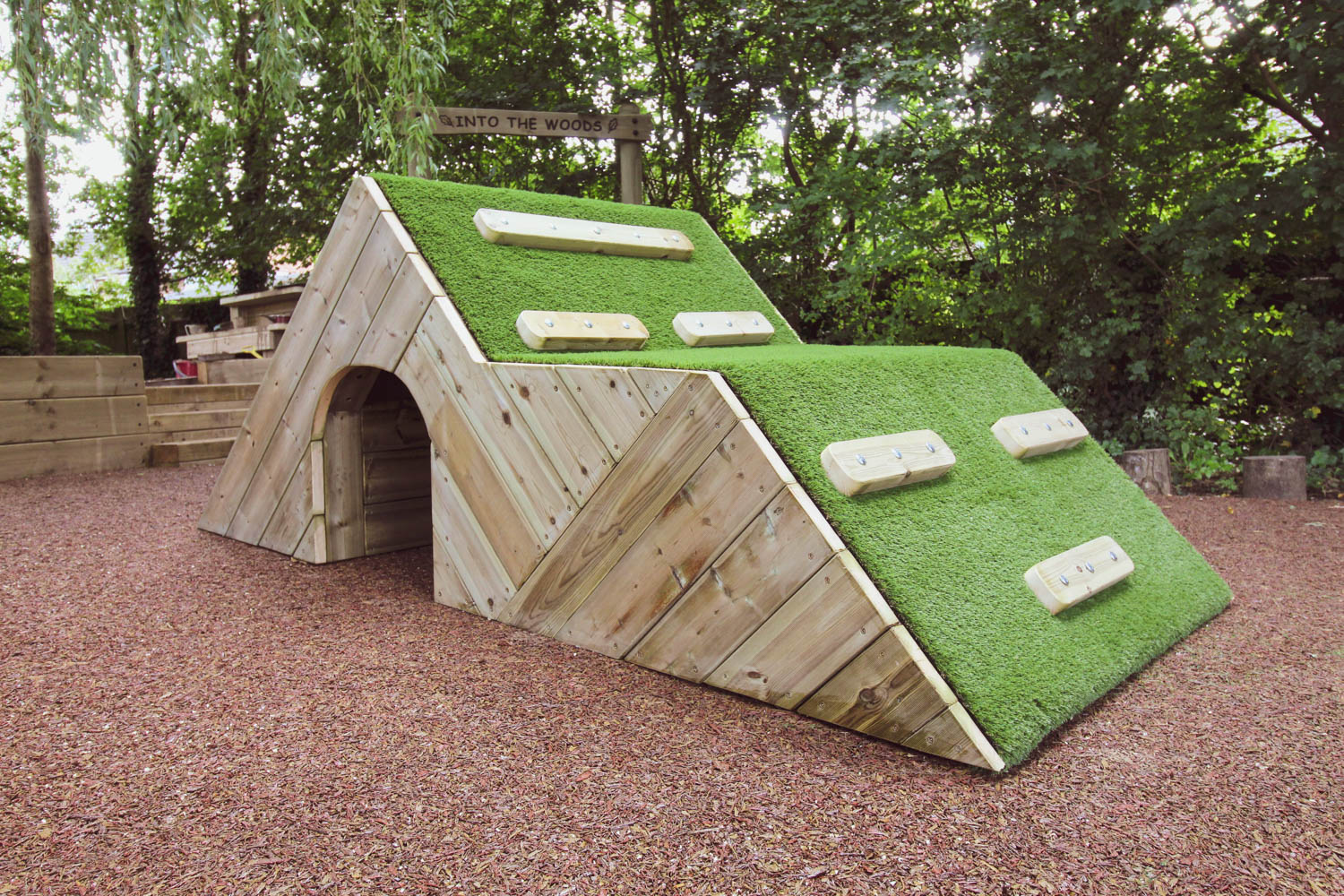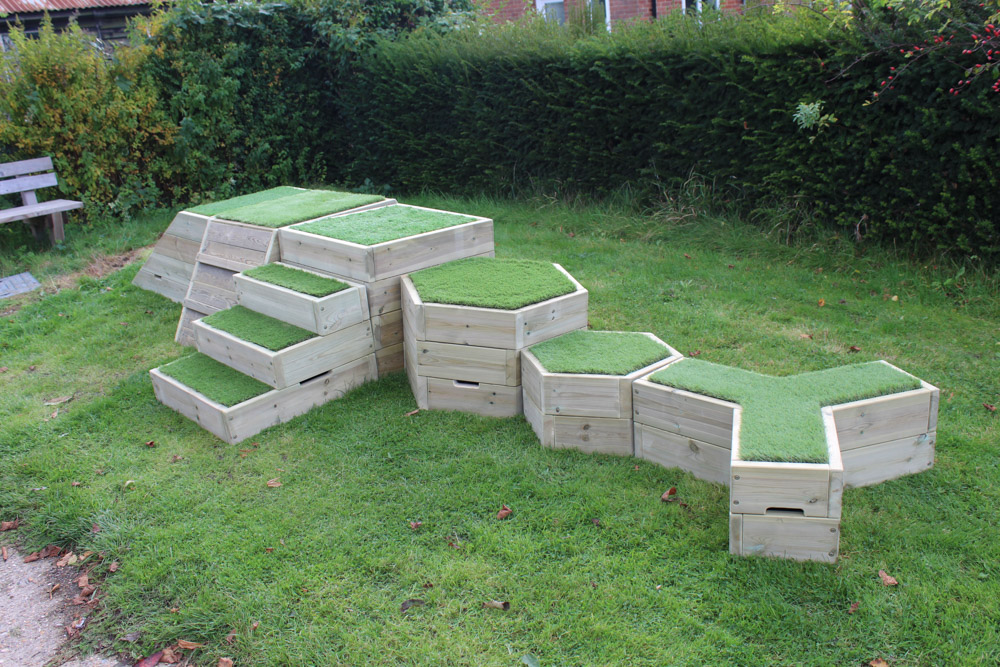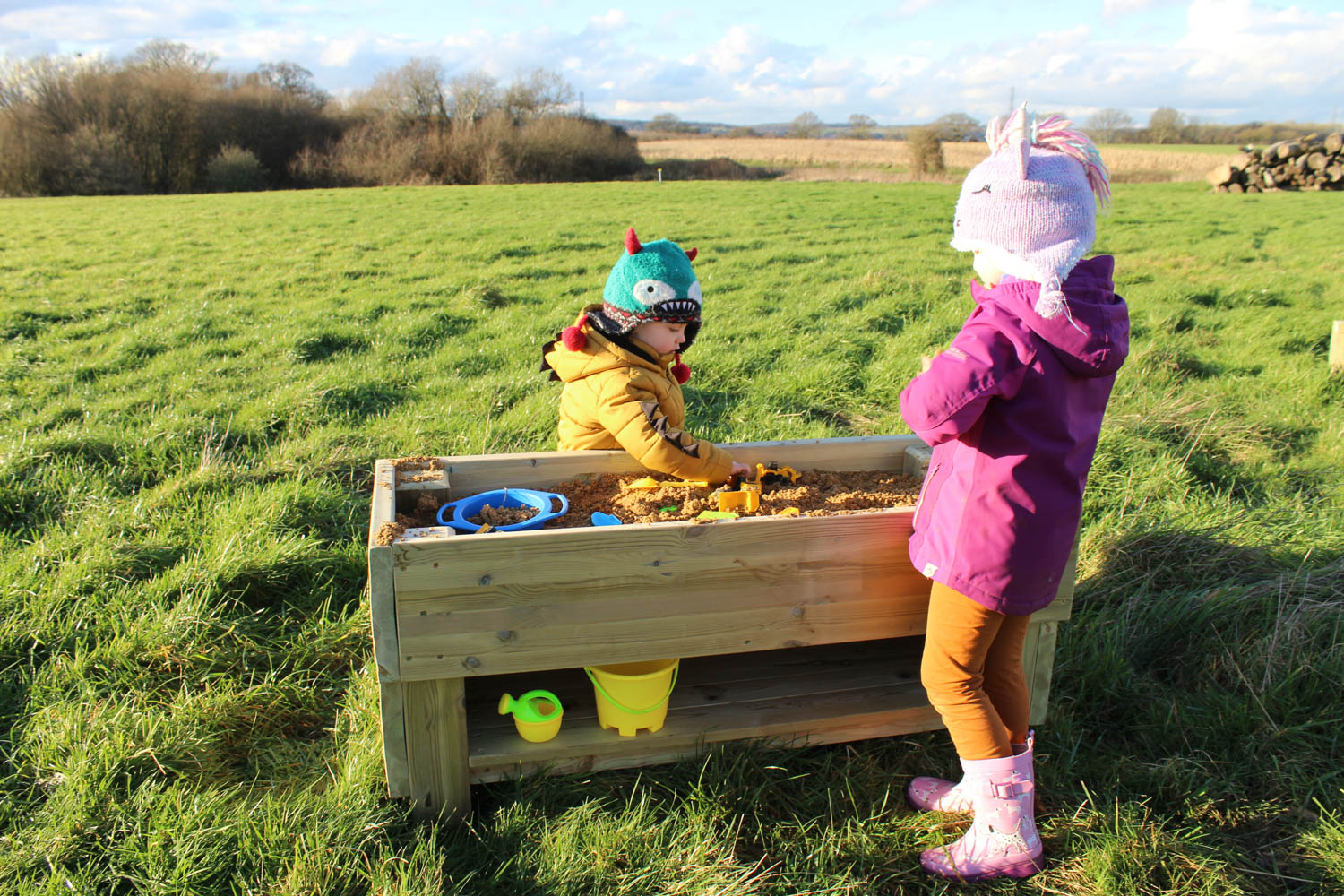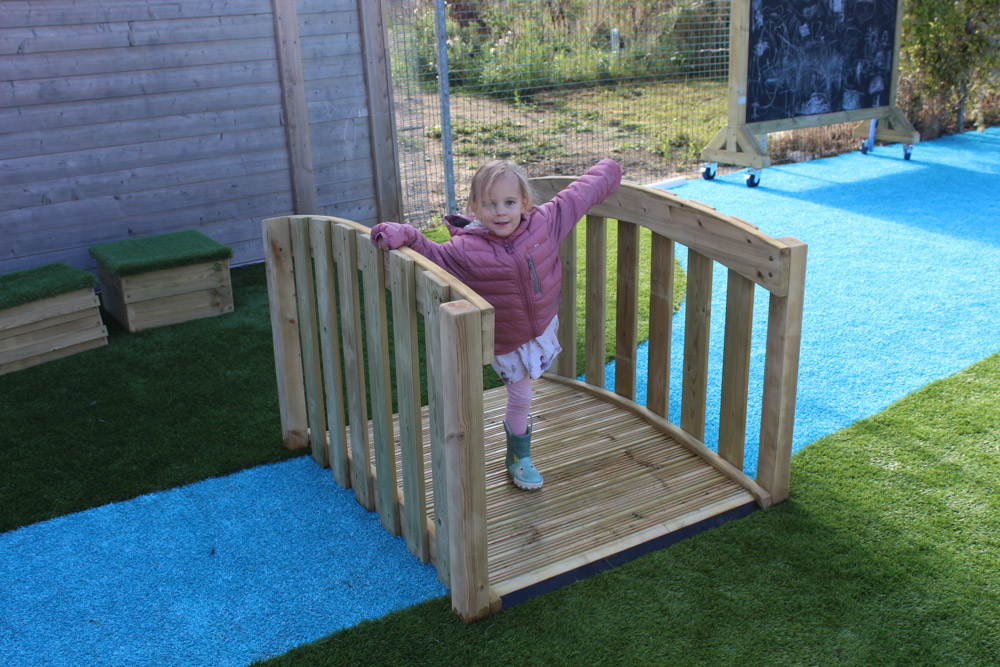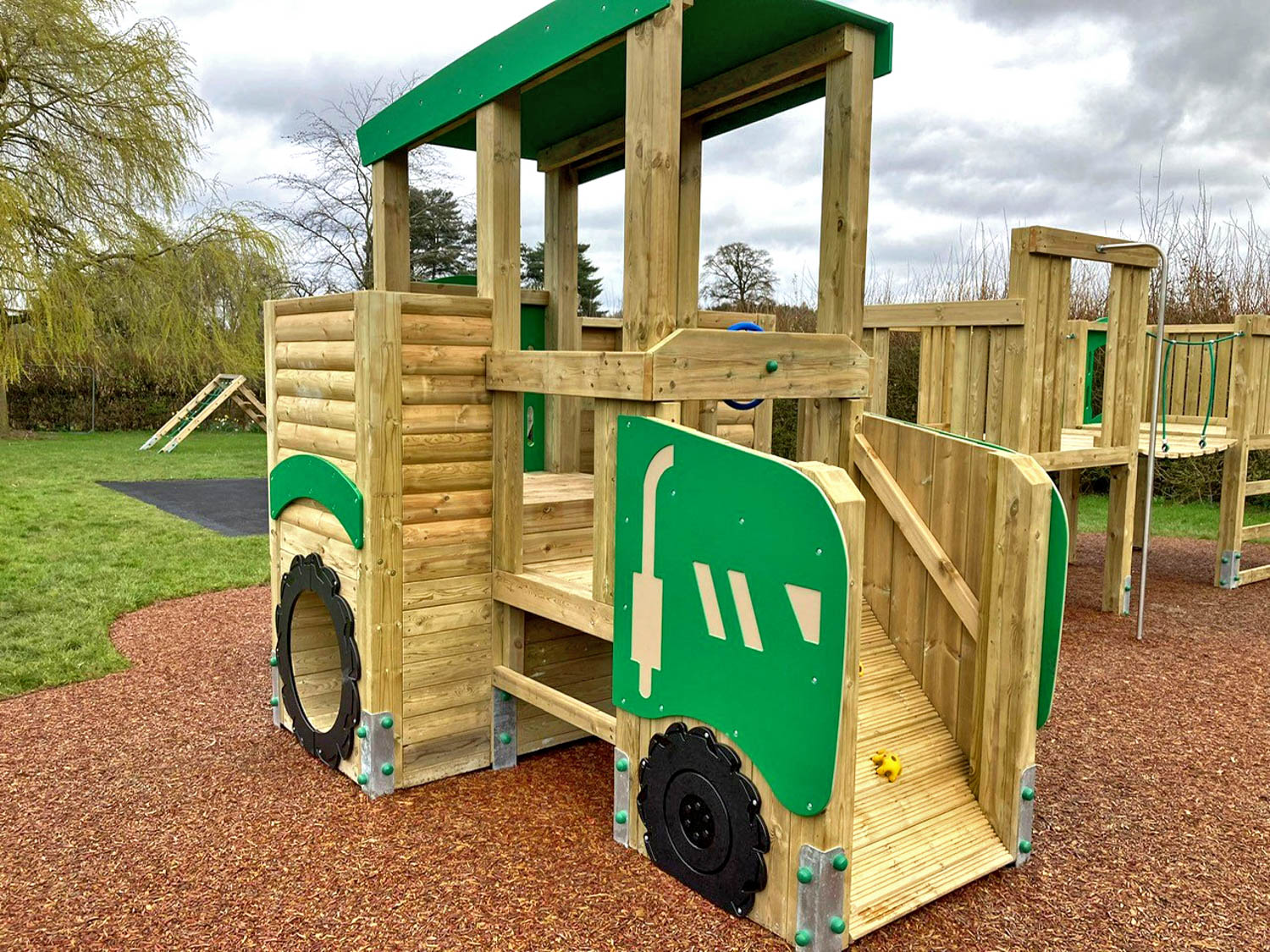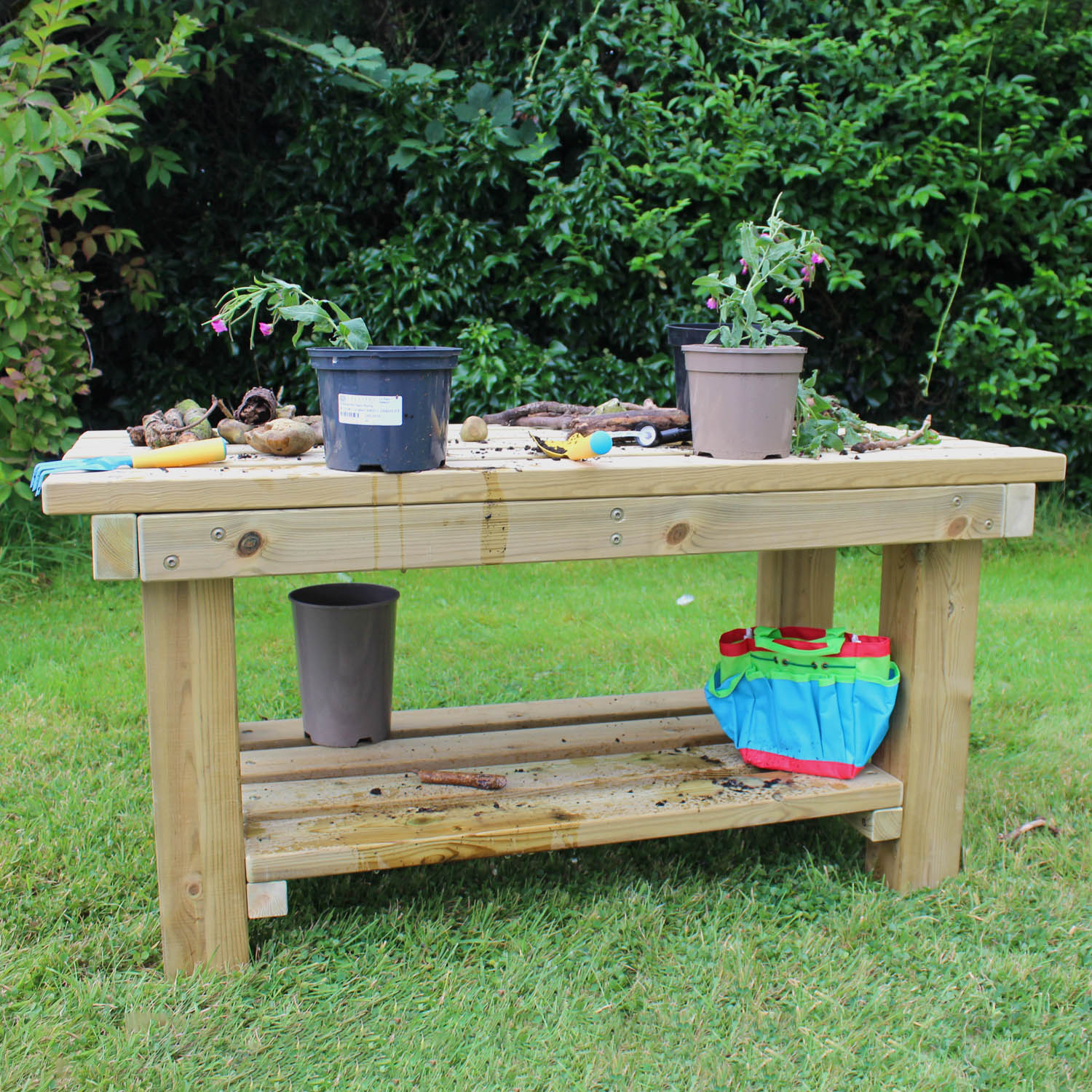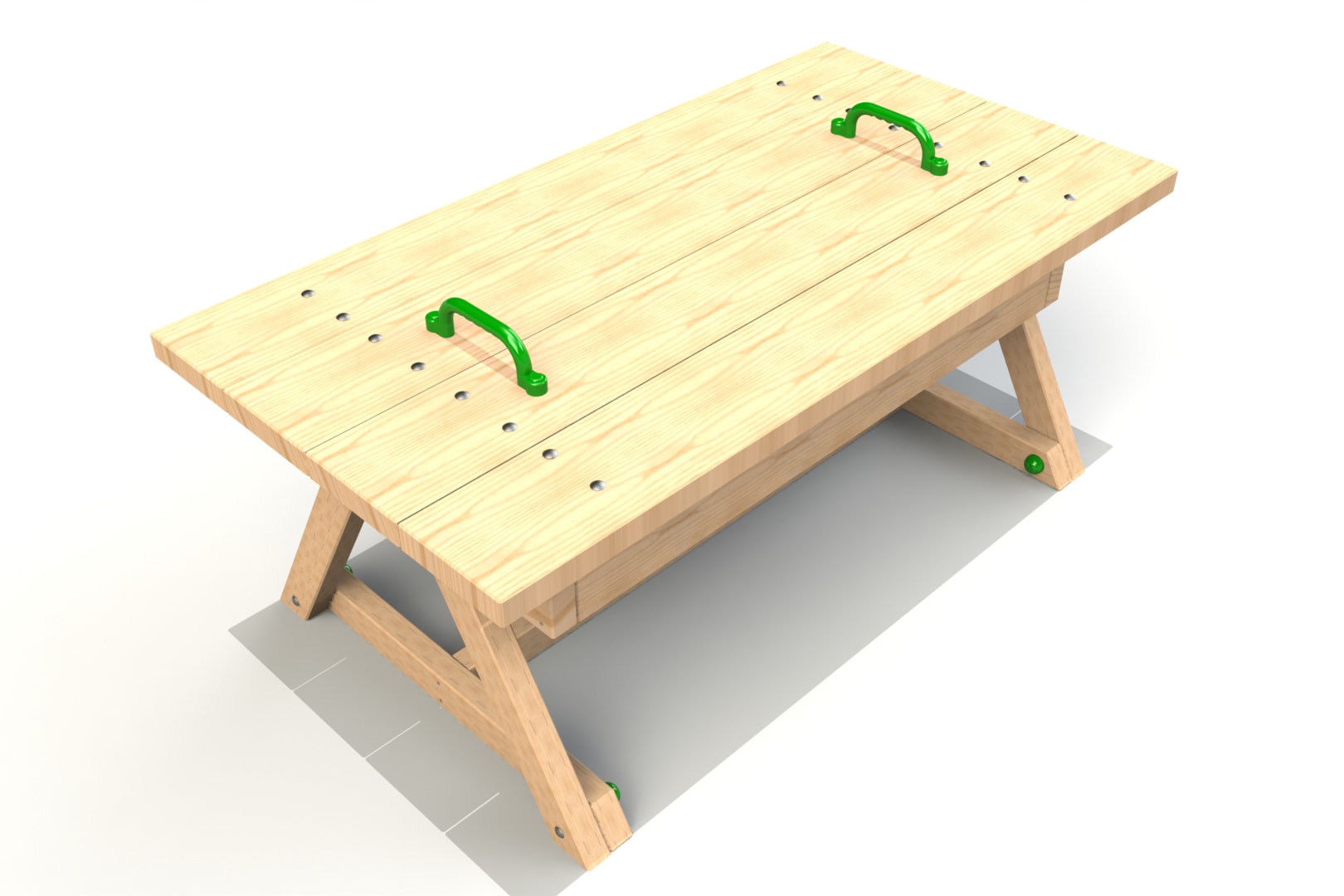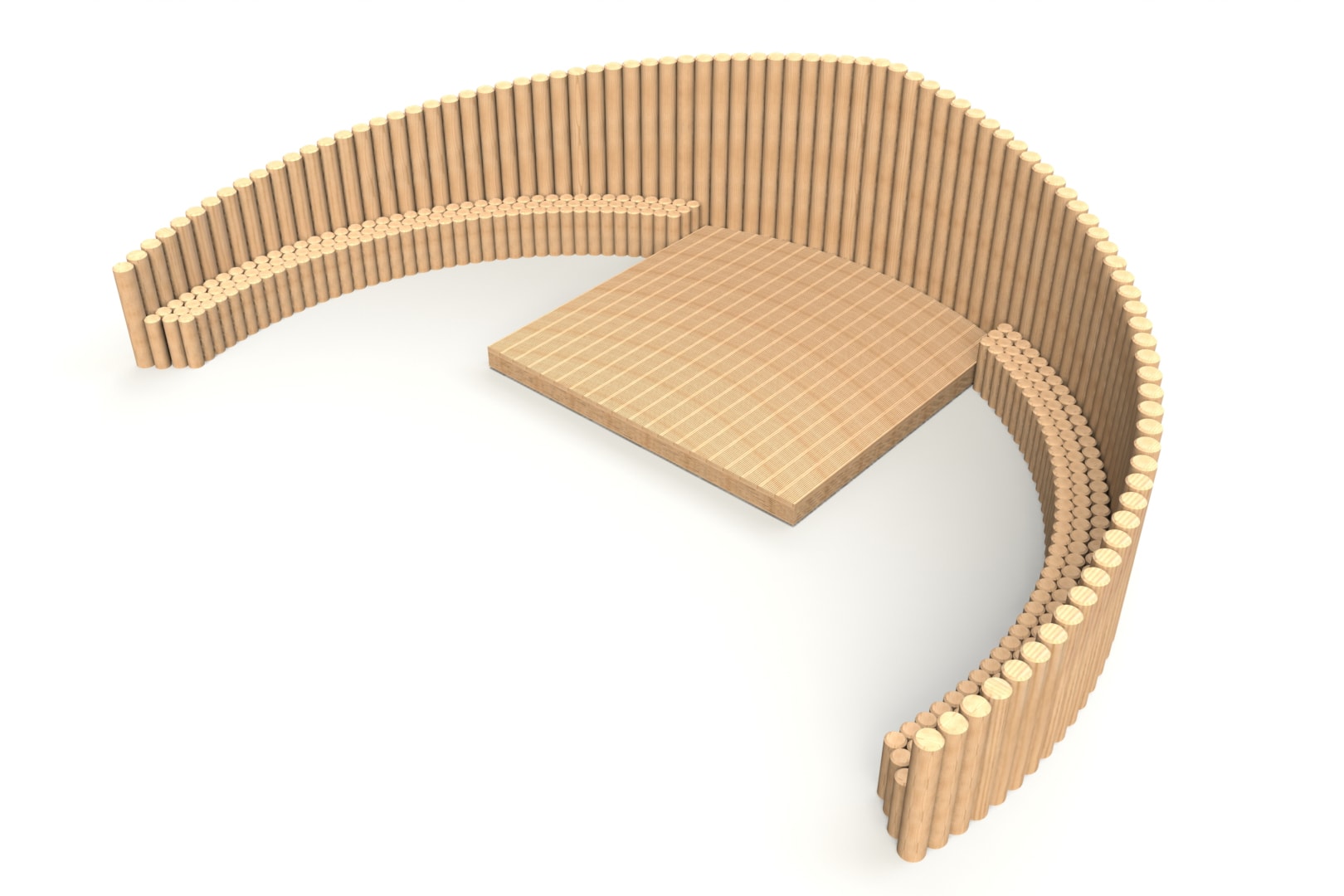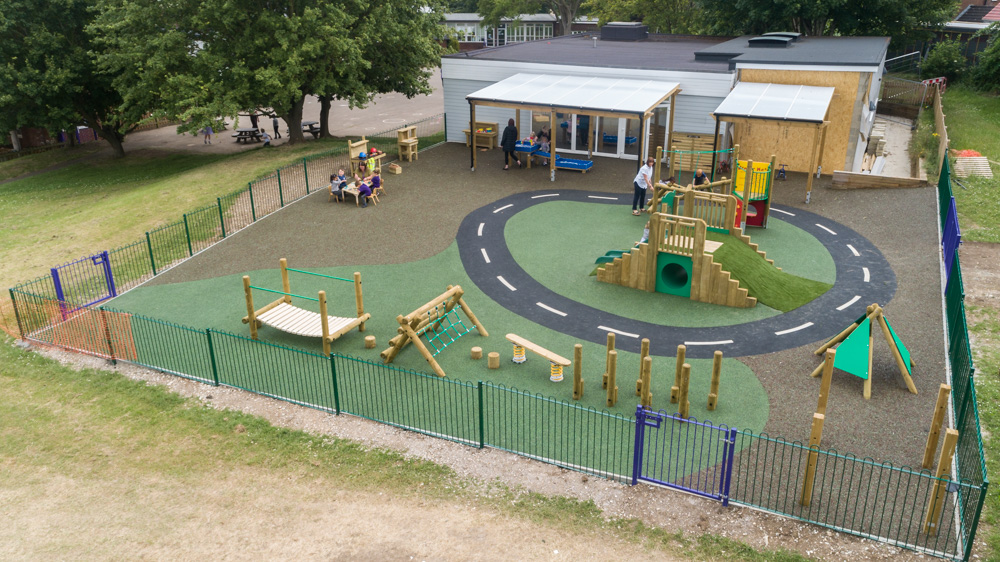EYFS Outdoor Areas
Cultivating EYFS Growth Through Outdoor Exploration.
EYFS Outdoor area learning plays a vital role in the Early Years Foundation Stage (EYFS) curriculum, providing children with valuable opportunities to explore, discover, and learn in a natural outdoor environment. This approach recognises the importance of EYFS outdoor areas in promoting holistic development and enhancing early learning experiences. By engaging with the creative activities, children develop physical skills, gain a deeper understanding of their surroundings, and cultivate a love for nature.
The EYFS school curriculum places significant emphasis on the benefits of outdoor learning, acknowledging that it contributes to the achievement of multiple learning goals. Whether it’s jumping in puddles to develop gross motor skills, observing insects to encourage curiosity and problem-solving, or building sandcastles to enhance social skills, the outdoor environment offers endless possibilities for educational experiences.
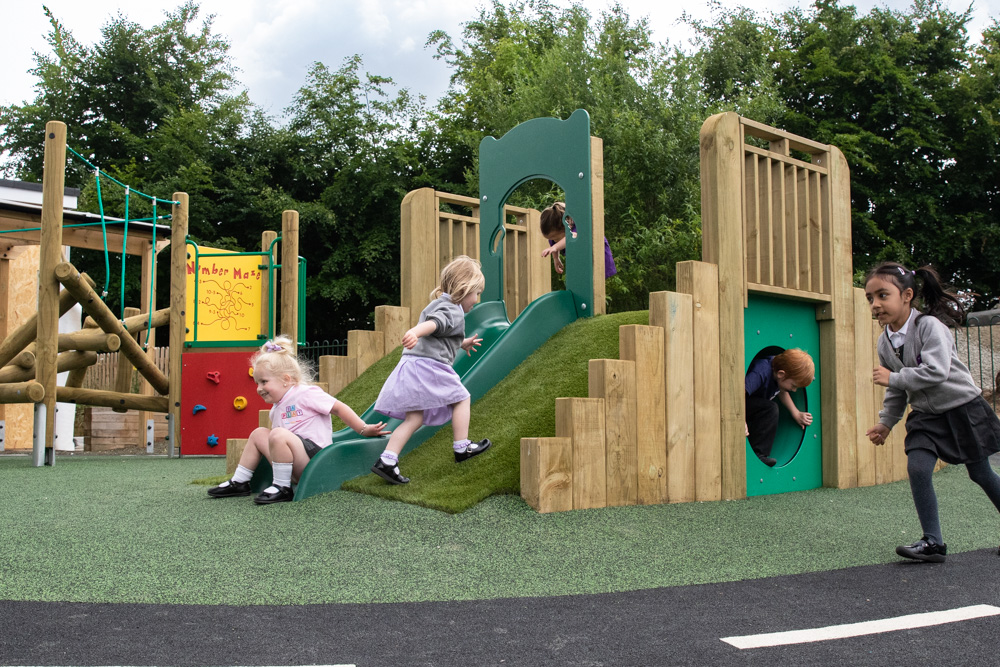

As early years practitioners, educators, and parents, creating an optimal & suitable outdoor area becomes a priority. Within these dynamic spaces children can fully unleash their creativity, embrace their innate curiosity, and embark on exciting outdoor activities. Moreover, an engaging and well-designed outdoor environment with the correct outdoor play equipment provides a multitude of learning opportunities that align with the Early Years Foundation Stage framework.
The purpose of this page is to provide comprehensive guidance on creating an EYFS outdoor area. From design ideas to resources and activities, we’ll provide you with the necessary tools to transform your outdoor space into a rich learning environment. Whether you are a teacher searching for innovative ways to engage your young learners or a parent looking to create an inspiring play area at home, we are here to support you.
Benefits of an EYFS Outdoor Area
Outdoor learning is not only a fun-filled adventure for young children but also a powerful tool for their early childhood development. Engaging with EYFS outdoor activities provides numerous advantages that support children’s holistic growth and learning.
One of the key benefits of outdoor learning is the opportunity it provides for physical development. When children have the freedom to run, jump, climb, and explore in the open air, they develop and refine their gross motor skills. Activities such as climbing frames, swings, and obstacle courses promote coordination, balance, and strength. Additionally, the varied terrain and natural elements like sand, water, and grass stimulate the development of fine motor skills as children manipulate objects and engage in sensory play.
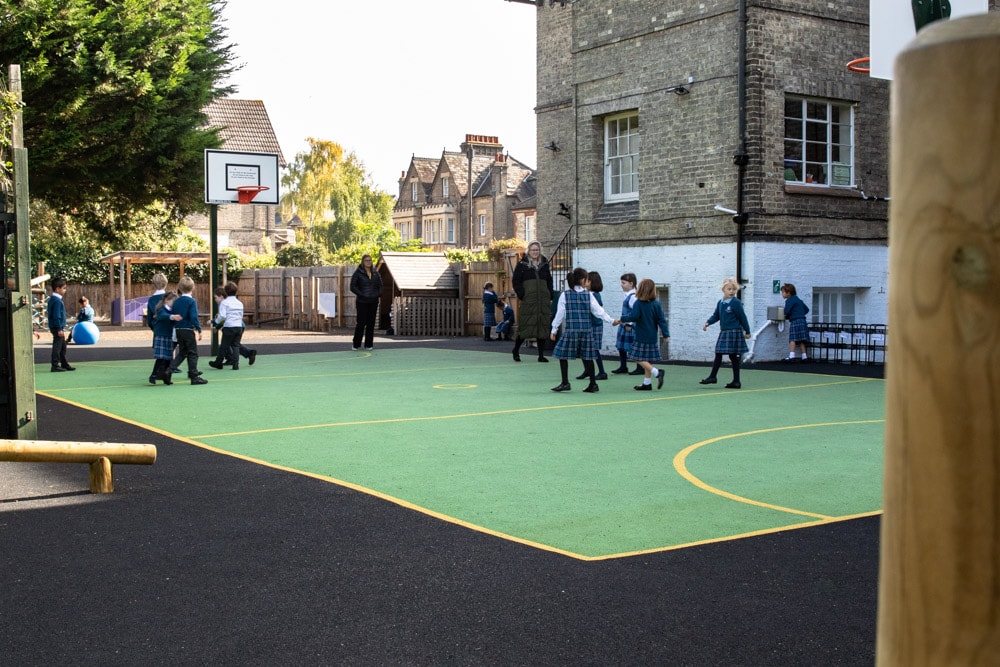

Beyond physical development, an EYFS outdoor area also nurtures cognitive growth. Nature is a vast and fascinating classroom, providing endless opportunities for exploration, problem-solving, and critical thinking.
EYFS outdoor activities offer numerous benefits for early childhood development. From physical development and cognitive skills to sensory experiences and emotional learning, outdoor play provides a holistic platform that enhances children’s learning experiences. By embracing the wonders of nature and creating an optimal EYFS outdoor area, we can create a nurturing space where children can thrive, explore, and reach their full potential.
Designing Your Early Years Outdoor Play Area
When designing an EYFS outdoor area, it’s essential to create a space that is both safe and stimulating. By considering certain factors, you can ensure that the area has sufficient outdoor resources to provide a nurturing environment that promotes effective learning.
First and foremost, safety should be a top priority. Ensure that the outdoor play space is free from any potential hazards, such as sharp edges or unstable equipment. It is crucial to have secure fencing or boundaries to prevent children from wandering off and to provide a safe and enclosed space for them to explore and play. Regular inspections of the outdoor area should be carried out to identify and address any potential safety issues.
Incorporating nature into the EYFS outdoor area is not only visually appealing but also provides children with valuable learning opportunities. By introducing plants, flowers, and trees, children can engage with the natural world and learn about the changing seasons and the life cycle of plants. Sensory elements play a vital role in creating a stimulating outdoor environment. Incorporate different textures, smells, sounds, and sights to engage children’s senses.
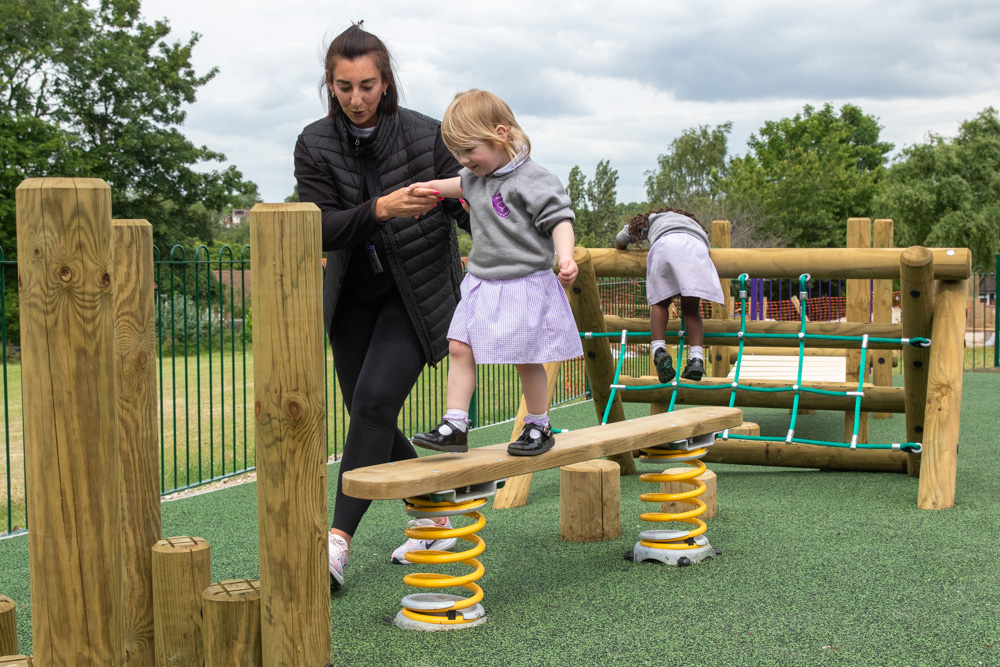
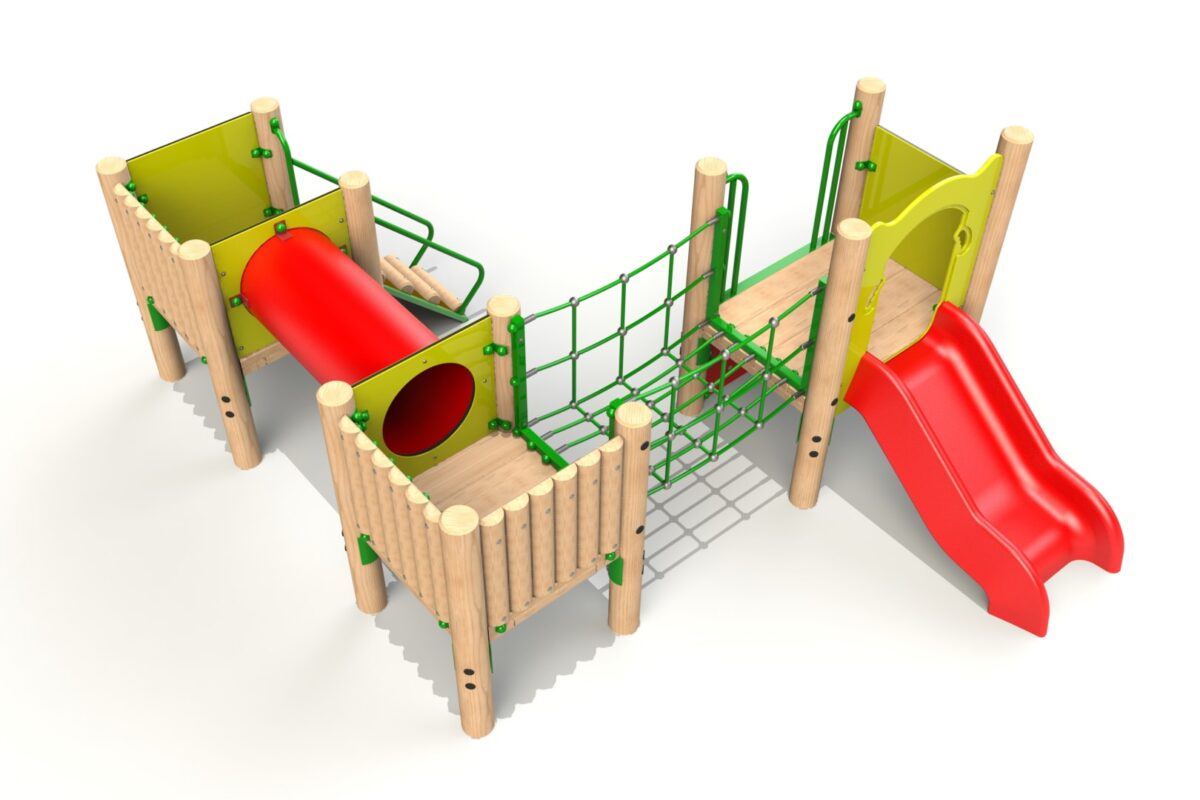
Designing Versatile EYFS Outdoor Areas
EYFS outdoor activity areas should be designed to offer a range of learning opportunities. Create different outdoor play spaces that cater to children’s varied interests and developmental needs. Outdoor play spaces for physical activity, such as climbing frames, swings, and slides, promote gross motor skills and physical development. Include areas for imaginative play, such as a role-play corner or outdoor kitchen, which encourages creativity ideas and communication skills. Introduce quiet spaces for reading or reflection to provide opportunities for relaxation and quiet contemplation.
Consider age-appropriate height and size of play equipment to ensure children can access and use them safely. Look for equipment that offers open-ended play possibilities to promote children’s imagination and creativity. Versatile items, such as tunnels, stepping stones, or balance beams, can be used in different ways, encouraging children to experiment and problem-solve.
The design of any early years outdoor play area should prioritise safety while providing a stimulating environment that fosters children’s growth and learning. By incorporating nature, sensory elements, and a variety of play zones and equipment suitable for the EYFS age group, you can create an outdoor space that encourages exploration, creativity, and holistic development.
Maintenance & Safety for EYFS Outdoor Activity Areas.
Maintaining a safe and well-maintained outdoor play area is essential to ensure the well-being of children. Here are some tips to consider:
Regular inspections: Establish a schedule for regular inspections to identify any maintenance or safety issues. Check for loose playground equipment, hazards, and potential risks. Address any issues promptly to maintain a safe environment.
Risk assessments: Conduct regular risk assessments to identify and mitigate potential hazards. Consider the different age groups using the outdoor provision and adapt the environment accordingly.
Staff training: Ensure that staff members are trained in outdoor classroom safety and emergency procedures. This includes first aid training, supervision strategies, and knowledge of safety guidelines.
Implementing an EYFS outdoor area involves practical considerations. By effectively budgeting and sourcing materials, involving stakeholders, and addressing maintenance and safety considerations, you can create a successful and sustainable outdoor learning environment.
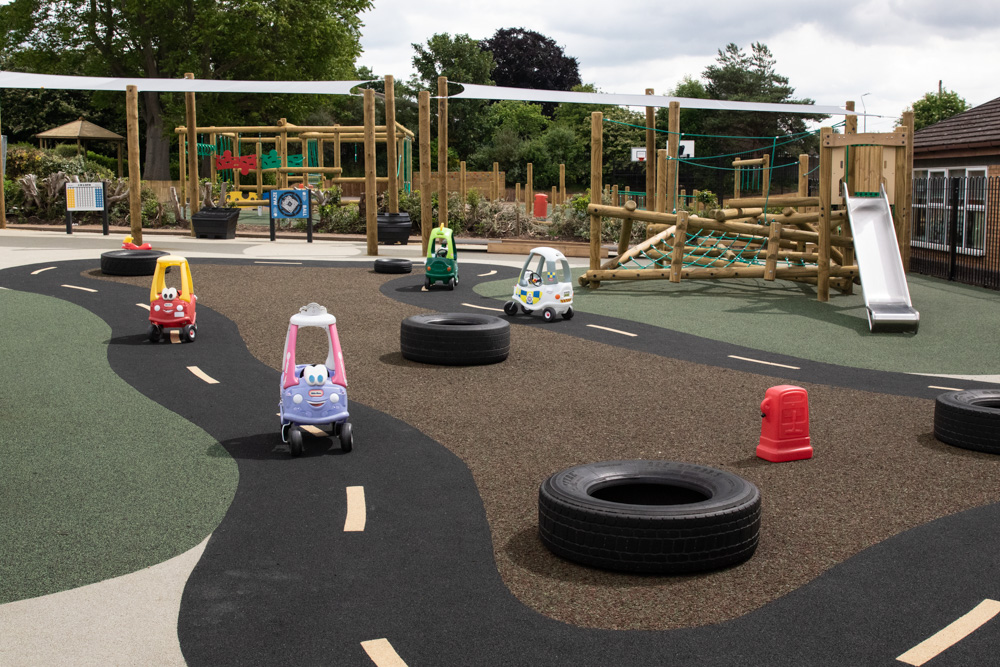

Embracing the Outdoors: A Foundation for Lifelong Learning.
In conclusion, the importance of a well-designed outdoor play area specifically for EYFS children cannot be overstated. It is a space where children can explore, learn, and develop in a holistic and engaging manner. By providing an outdoor environment that offers diverse experiences and opportunities, we can support children’s physical, cognitive, and emotional development.
We have explored the key elements of designing an EYFS outdoor area, from creating natural and sensory-rich environments to incorporating loose parts and open-ended resources. The benefits of outdoor learning, from promoting creativity and problem-solving skills to fostering a sense of awe and wonder, are well-documented.
Ready to transform your EYFS outdoor areas? Discover how our expert team can create an inspiring and engaging outdoor environment purpose build for EYFS outdoor activities. Contact us today to request your consultation and take the first step towards creating a dynamic and inclusive outdoor space that fosters learning, exploration, and development for young children.
Remember, a well-designed EYFS outdoor area is more than just a playground. It is a place where children can connect with nature, develop important skills, and experience the joy of learning through play. So, go ahead, embrace the great outdoors, and create a space that will inspire and nurture young learners for years to come.

